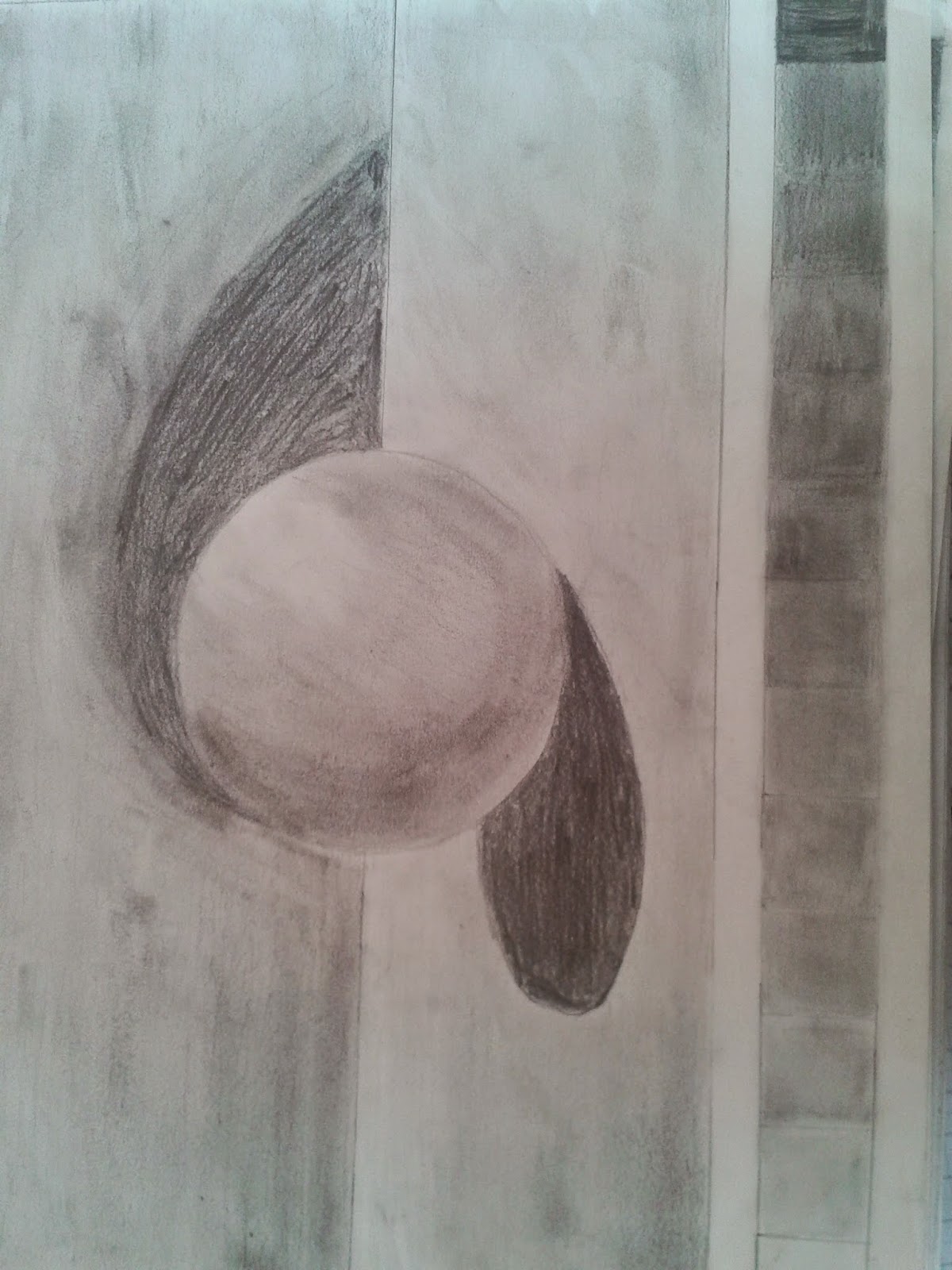The Chiaroscuro in art is the use of strong contrasts between light and dark, usually bold contrast affecting a whole composition. It is also a technical term used by artists and art historians for the use of contrasts of light to achieve a sense of volume in modelling three-dimensional objects and figures. Similar effects in cinema and photography also are called chiaroscuro.
Expressionism was a modernist movement, initially in poetry and painting, originating in Germany at the beginning of the 20th century. Its typical trait is to present the world solely from a subjective perspective, distorting it radically for emotional effect in order to evoke moods or ideas.The expressionist artists used a lot the chiaroscuro to represent the world solely from a subjective perspective, distorting it radically for emotional effect in order to evoke moods or ideas. "The Gabinet of Dr Caligari " is a 1920 German silent horror film directed by Robert Wiene from a screenplay by Hans Janowitz and Carl Mayer. It is one of the most influential films of the German Expressionist movement and, according to Roger Ebert, is "the first true horror film
Chiaroscuro was extensively used during the Barroc, in the 17th century in Europe. Caravaggio was one of the most important italian painter who used the chiaroscuro. But Rembrandt, Vermeer and Velazquez used too.
So, Chiaroscuro is used by painters to give an impression of volum.
Surely you have played some time in front of a mirror with a lantern to your face? the changing aspect of your face depending on the direction on the light can produce funny or even scary images.

Depending on how an object is illuminated, its volumetric features can be exagerated, concealed or softened.
While with perpective the optical illusion of volume is created using lines, with chiaroscuro the visual effect of volume is achieved by appliyng different hues of grey (or color), creating the effect of more or less illuminated areas.
Here you can see the most of your drawings.
Congratulations !!





















